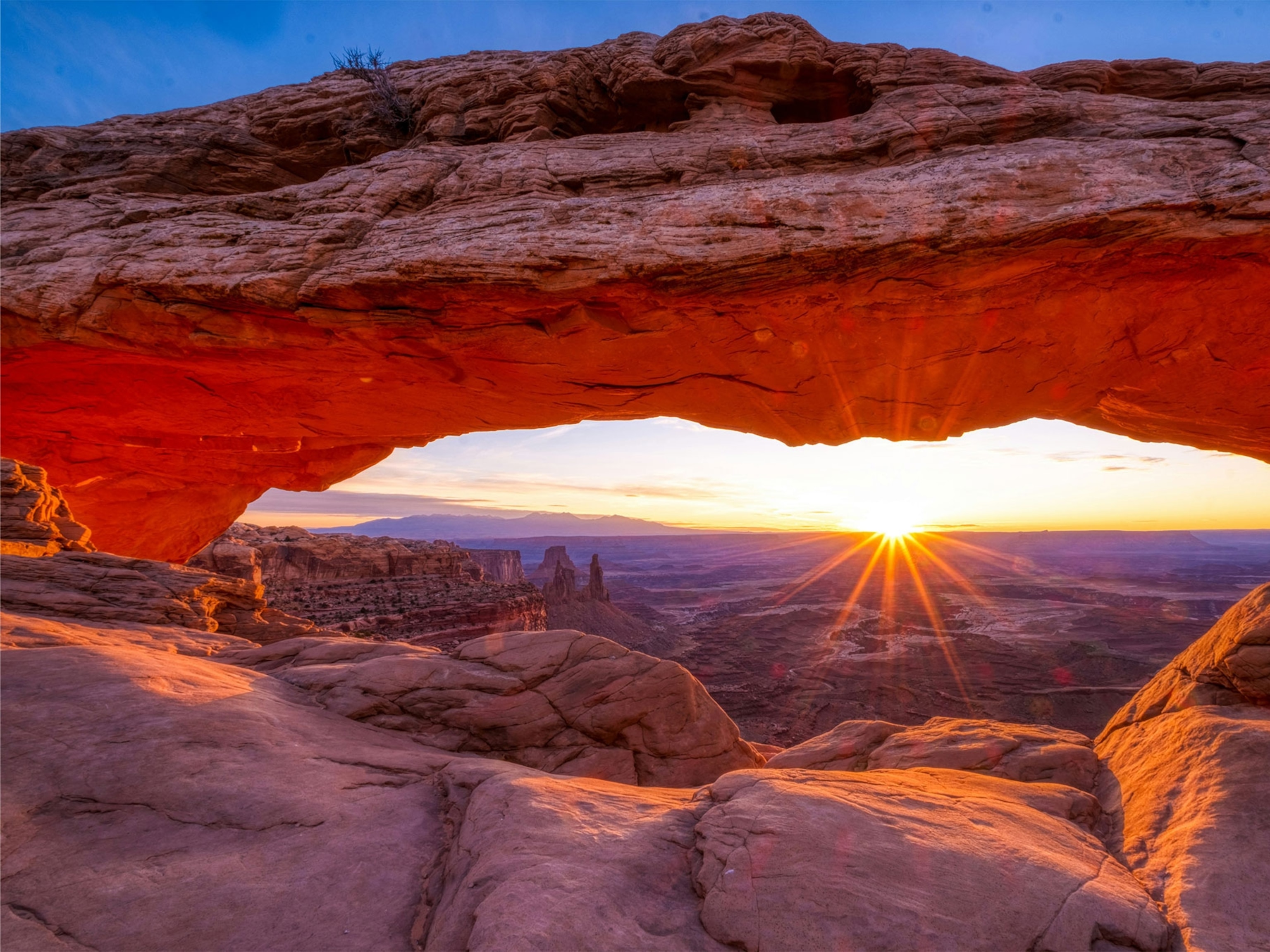
The best nature-led activities in the wetlands of Louisiana
The Pelican State is awash with watery wonders — from vast lakes and salt marshes to swamps covered in Spanish moss — and there are plenty of ways to explore.
Naturalist-led boat and kayak tours bring alligator-filled swamps and lakes to life, while boardwalk trails and waterside lodgings get you close to bountiful flora and fauna. Discover Louisiana’s watery heart with six of the top wetland adventures.
1. Take a pontoon boat ride on the Tchefuncte River
Louisiana's delicate ecosystems are really put on show during a pontoon boat ride along the Tchefuncte River. Louisiana Tours and Adventures, run by local Captain Mike Jones, is a great operator. Ease out from a jetty at Fairview-Riverside State Park, near the pint-sized town of Madisonville, bound for cypress swamps and grassy marshes. As you cruise through the bayou, Jones will regale you with tales of the area, from its logging history to its resident ghosts, while scouring the water for alligators and the skies for snowy egrets. You can opt for a sunset tour, too. The Madisonville Lighthouse loves the camera, especially when silhouetted against a blood-orange sky.
2. Kayak on Cane Bayou
A kayak ride will get you even closer to those wildlife-rich wetlands and the serpentine Cane Bayou, which shoots off from Lake Pontrachain. Join a tour with Canoe & Trail Adventures and naturalist guides will reveal the bayou’s secrets, as you push off from pine flatwoods and steal past marshes twitching with birdlife.
Your guides will also share the history of the Tchefuncte culture: Indigenous peoples thought to have inhabited this tapestry of wetlands from as early as 4,000 years ago. And if you need respite from Louisiana’s soupy summer heat, guides encourage you to hop out of your kayak at the mouth of the bayou and paddle in the water.

3. Paddleboard on Lake Pontchartrain
Pouring out from the north of New Orleans, mammoth Lake Pontchartrain feels more like an ocean than a lake; connected to the Gulf of Mexico via a narrow and wiggling strait. There are endless ways to enjoy these waters, from paddling at its fringes to hopping on a rental boat.
A particularly great option is a session with NOLA Paddleboards, incidentally run by the first man to cross the mighty lake on a paddleboard. Beginning in March, group sessions strike out onto the lake, and the operator provides visitors with all the equipment and guidance they need to navigate the water – confident professionals can always break out from the group, too. You’ll be granted with stellar views of the Big Easy and, specifically, the New Canal Lighthouse, which serves as your jumping-off point.
4. Join ‘Spring in the Swamp’ at Jean Lafitte National Historical Park and Preserve
Named after the French pirate who ploughed the Gulf of Mexico in the early 1800s, this preserve is an oasis of bayous, boardwalks and mysterious maritime history. One of the park’s six sites, the Barataria Preserve protects a particularly rich area of swamps and marshes. It’s also where the annual ‘Spring in the Swamp’ event takes place. Programming includes activities such as ranger-led canoe tours; a nightly ‘frog watch’, where visitors are invited to listen in to the amphibians’ dusk chorus; and naturalist-led sessions geared towards kids.
5. Stay in a lakefront cabin at Lake Fausse Pointe State Park
Stitched into the Atchafalaya Swamp – the largest of its kind in the region at almost one million acres – Lake Fausse Pointe State Park is a great base for exploring the sultry waters. You can fully immerse yourself in the wetland wonderland by booking one of the rustic cabins that inch right up to the side of the swamp. The deluxe options have room for a whole family, plus amenities including bedding and cookware – though the real draw is a front-row view of the swamp, where you might see alligators lazily ploughing the water or a great blue heron diving for its dinner. Beyond your waterside perch, a boat launch provides access to Spanish-moss-cloaked bayous – there’s also a seven-mile-long canoe route and a trio of nature trails.

6. Take to the boardwalks of the Cypress Island Preserve
If you’re a bird-lover, then make a beeline for the swamp-knitted expanse of the Cypress Island Preserve. As winter tightens its grip, hordes of migratory species descend on this 9,500-acre site, making their nests in a jade-coloured canopy of cypress and tupelo trees. Keep your eyes peeled for pink-flushed roseate spoonbills or snowy egrets with their distinctive yellow feet.
The best way to explore the preserve is from the boardwalk trail, which beats a 2.5-mile course through the wetlands. And be sure to drop in on the Visitor Center, where cheerful guides will brief you on the various species the park protects.
Plan your trip
For more information on how to book your trip, visit travelsouthusa.com
Sign up to the National Geographic Traveller (UK) newsletter and follow on social media:
Facebook | Instagram | Twitter




